




For manufacturers and OEM/ODM partners, “clinic recommended” is more than a marketing badge — it’s a promise of clinical suitability and repeatable outcomes. When targeting patients with Boston sensitive gums, electric toothbrushes that carry a Boston clinic recommended credential must combine gentleness, proven cleaning, and a service model that supports clinicians and end-users. Below are six manufacturer-focused dimensions that explain why clinic-recommended brushes matter for sensitive-gum patients and how to design, validate, and commercialize them.
First, quantify the clinical demand. Patients with Boston sensitive gums seek devices that remove plaque without harming delicate tissue. Therefore dental professionals prefer recommending brushes that:
Consequently, a Boston clinic recommended brush must align product specs with clinician expectations: gentler mechanical action, evidence of reduced bleeding/gingival indices, and tools (app reports, patient handouts) that help clinicians monitor adherence. In other words, clinic endorsement drives patient trust and refill attach when the product meets clinical needs.
Next, head geometry and bristle construction are the first line of defense for Boston sensitive gums:
Thus, head engineering tuned for low-abrasivity materially reduces the risk of worsened sensitivity while preserving efficacy.
Moreover, the motor and motion profile determine how force is delivered to tissue:
These firmware and hardware choices let the brush be both clinically effective and forgiving for patients prone to gum pain.
In addition, connectivity and sensors make a Boston clinic recommended brush actionable for both patients and clinicians:
Therefore, tech features convert clinical recommendations into measurable behavior change.
Crucially, the badge must be earned with data:
Robust validation turns a marketing claim into a durable clinical relationship and reduces litigation/regulatory risk.
Finally, convert clinic recommendations into sustainable revenue and better patient outcomes:
In practice, a strong commercial partnership with Boston clinics drives trial, adherence, and refill revenue while improving patient outcomes.
To build a credible Boston clinic recommended electric toothbrush that helps Boston sensitive gums, B2B teams should:
If you’d like, I can draft a technical appendix next (head filament specs, motion amplitude/frequency targets, pressure sensor thresholds, clinical study outline, and clinician kit contents) so your engineering and commercial teams can move straight from concept to pilot. Contact us
.jpg)
.jpg)
.jpg)
Powsmart Electric toothbrush Factory Gadsden Alabama
.jpg)
Powsmart Electric toothbrush Factory Auburn Alabama
.jpg)
Powsmart Electric toothbrush Factory Decatur Alabama
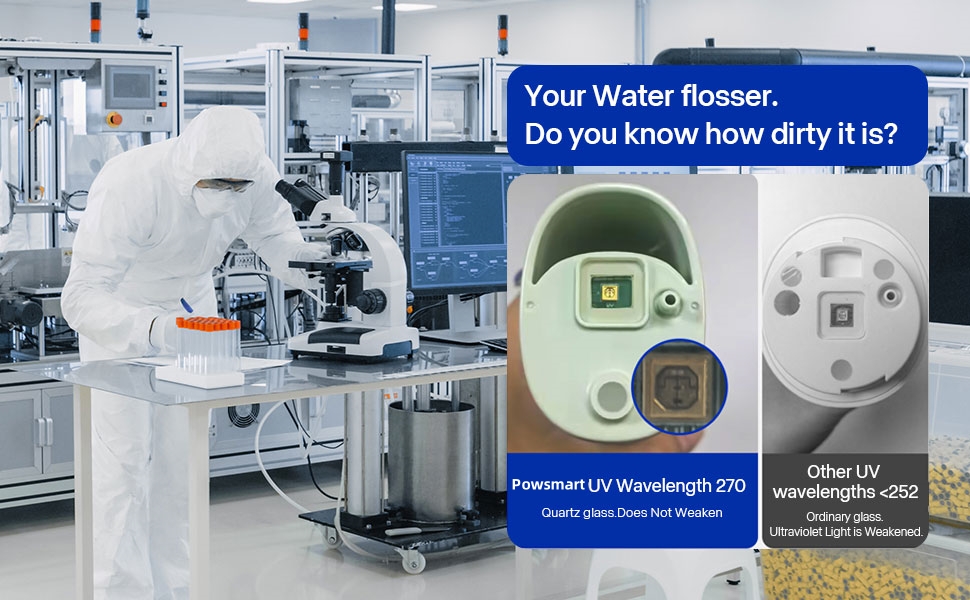
Powsmart Electric toothbrush Factory Dothan Alabama
.jpg)
Powsmart Electric toothbrush Factory Hoover Alabama
.jpg)
Powsmart Electric toothbrush Factory Tuscaloosa Alabama
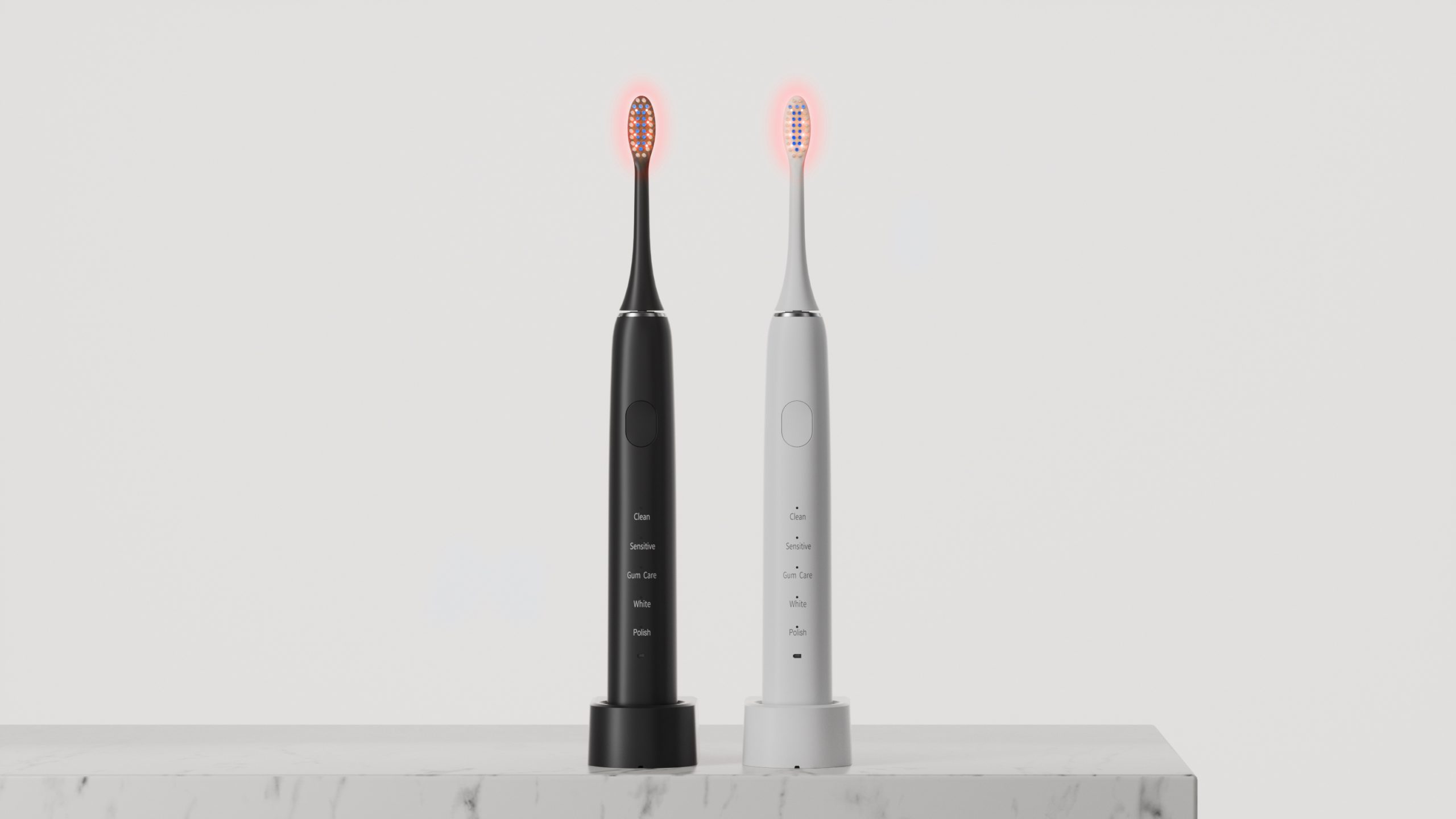
powsmart Electric toothbrush Factory Huntsville Alabama
.jpg)
powsmart Electric toothbrush Factory Mobile Alabama
1-scaled.jpg)
Red & Blue Light Teeth Whitening Device Custom LOGO
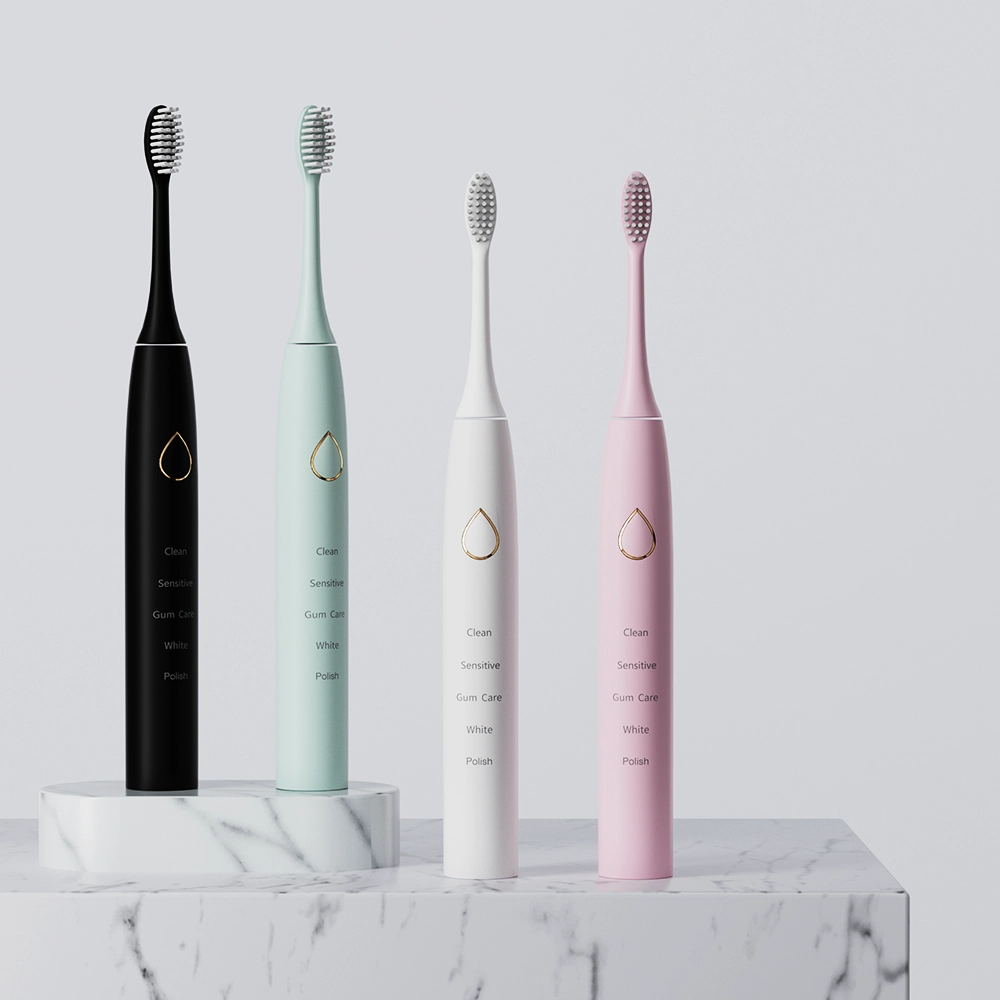
Custom Logo Private Label Sonic Toothbrush
.jpg)
Sonic Electric Toothbrush Customizable High Quality
.jpg)
Accept OEM Electric Toothbrush Bulk Supplier
.jpg)
Wholesale Smart Sonic Electric Toothbrush
-1-scaled.png)
Customizable Teeth Whitening LED Light
.jpg)
Customizable Kids Electric Toothbrush
.jpg)
Electric Toothbrush Customized Logo Rechargeable USB-C
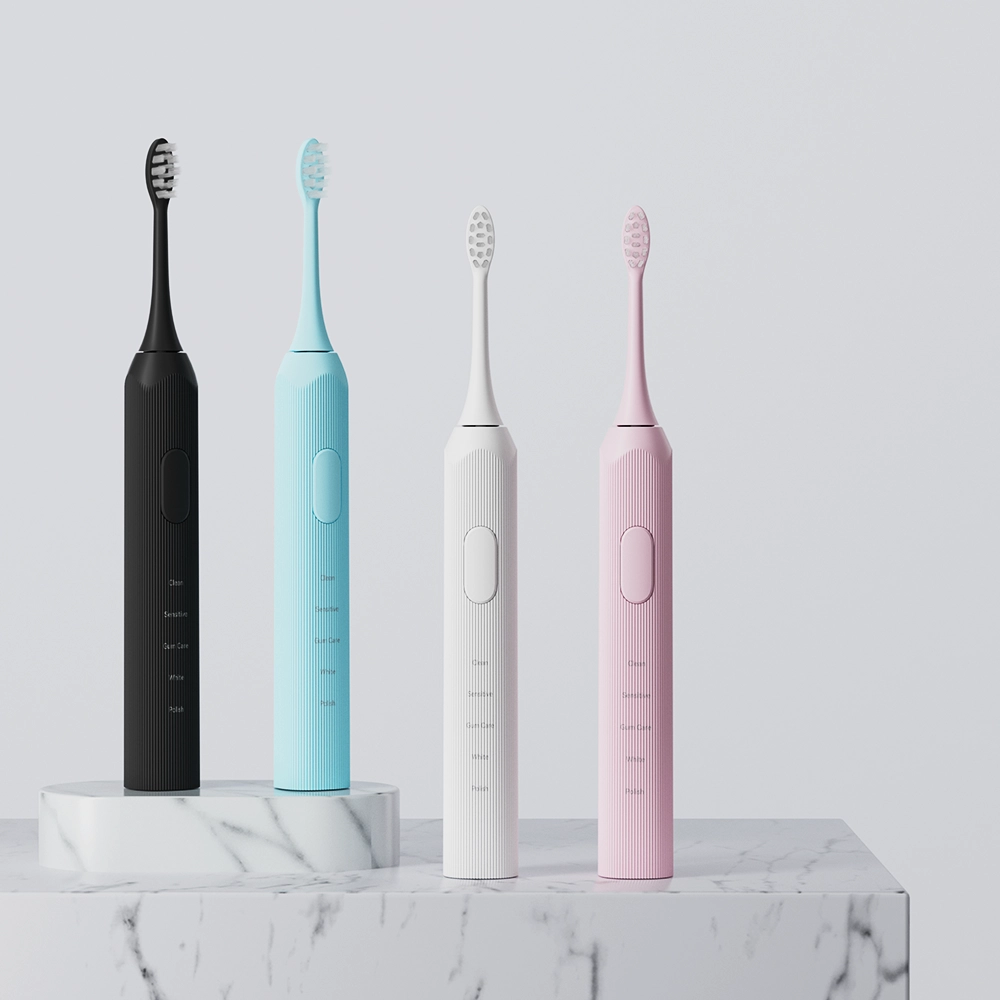
Powered Sonic Electric Toothbrush Anti-slip
.jpg)
Children Sonic Electric toothbrush
Product series: Children Product color: white, pink, green (can customize other colors) Product features: Brush head: food-grade ABS material, safe and healthy; German PEDEX color-changing bristles
LED Sonic Electric Toothbrush Available for Customization
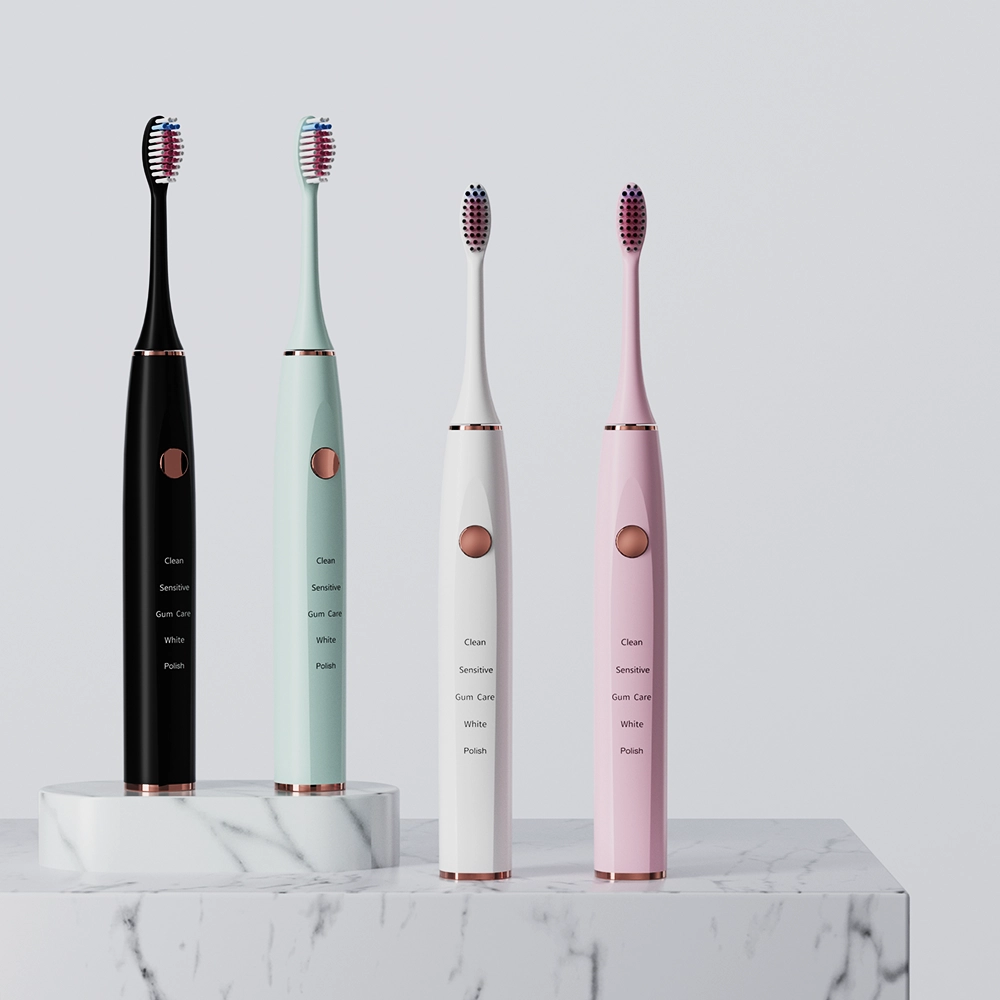
Private Label IPX7 Electric Toothbrush OEM
.jpg)
Children Powered Toothbrush Customizable
.jpg)
Custom Private Label Electric Toothbrush
.jpg)
Sonic Toothbrush Smart Timer Private Label

electric toothbrush heads Regular Clean
Regular Clean Brush Head 6mil (0.152mm)Dupont Tynex Classic Bristles. Conveys sonic vibration effectively 80% End-rounded rate, Clean while doesn’t damage enamel Color Reminder: Pedex Reminder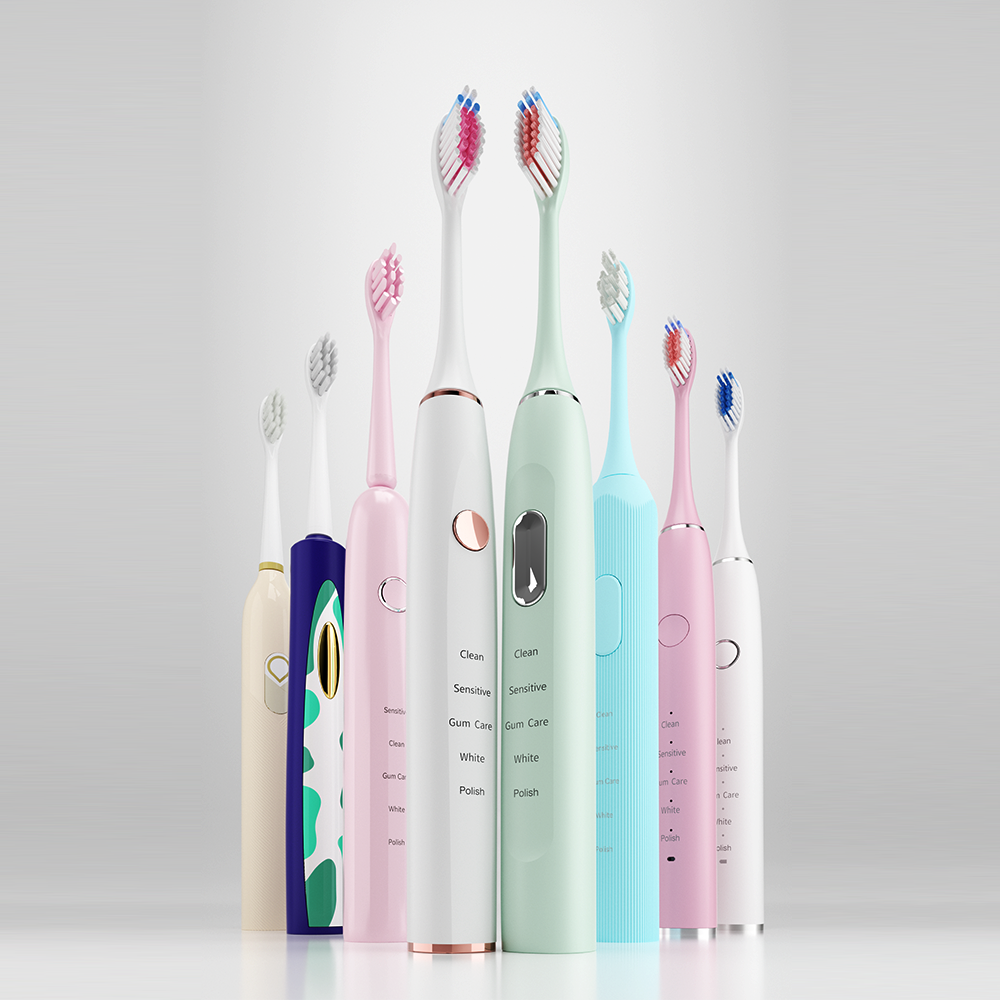
Wave Vibrating Sonic Toothbrush Available for OEM ODM
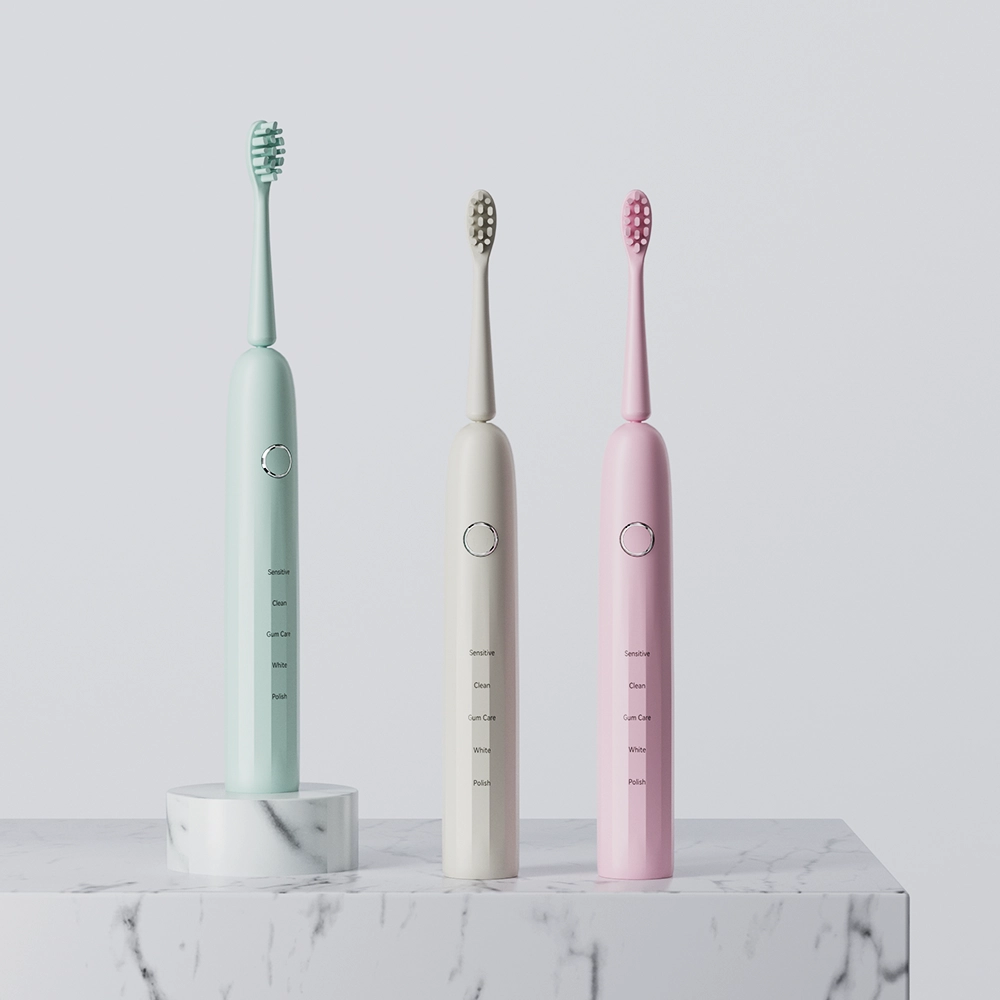
Customizable Sonic Electric Toothbrush Rechargeable
.jpg)
Sonic Electric Toothbrush Waterproof Custom Logo
-2-scaled.png)
Private Label Teeth Whitening Accelerating Light
Customer satisfaction
We prioritize customers' satisfaction by providing exceptional service and support.
sincerity
We are committed to upholding the highest ethical standards in all aspects of our business.

.jpg)
A sonic toothbrush is an advanced type of electric toothbrush that uses high-frequency vibrations to clean teeth.
.jpg)
A smart toothbrush is an electric toothbrush that connects to a smartphone app via Bluetooth.
.jpg)
Electric toothbrushes remove plaque more effectively than manual brushes, promoting better oral health.
Your professional source for private label electric toothbrushes
Your Vision, Engineered by Our Professional R&D. From concept to cutting-edge electric toothbrush.
Perfect Your Electric Toothbrush with Our Precision Sample Development. Let's align vision and reality, sample by sample.
Streamline your supply chain with our high-volume electric toothbrush manufacturing.
Wholesale electric toothbrushes of all types—for every market, every customer.
Our fast worldwide delivery gets your electric toothbrushes to shelves faster.
Our electric toothbrushes are manufactured under advanced ISO9001 & medical-grade ISO13485 standards.
Your most cost-effective electric toothbrush source—quality assured.
If a product is hot, there is a good chance Relish already has it in stock, just waiting for your label.
Get a Sample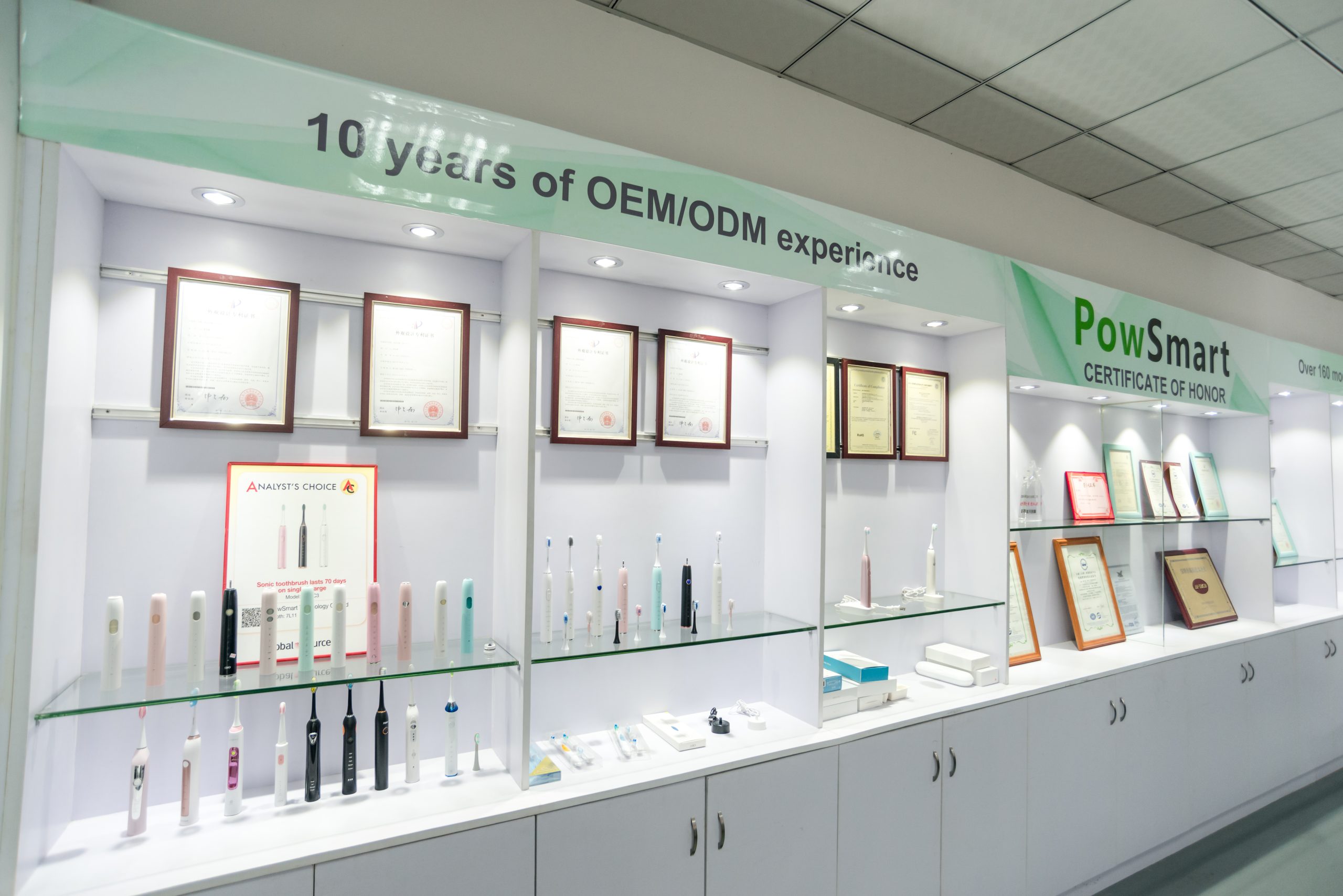
We arexporting our products globally from which the most well-known partners are Walmart, BestBuy, Honeywell, Target, Haier and Xiaomi.
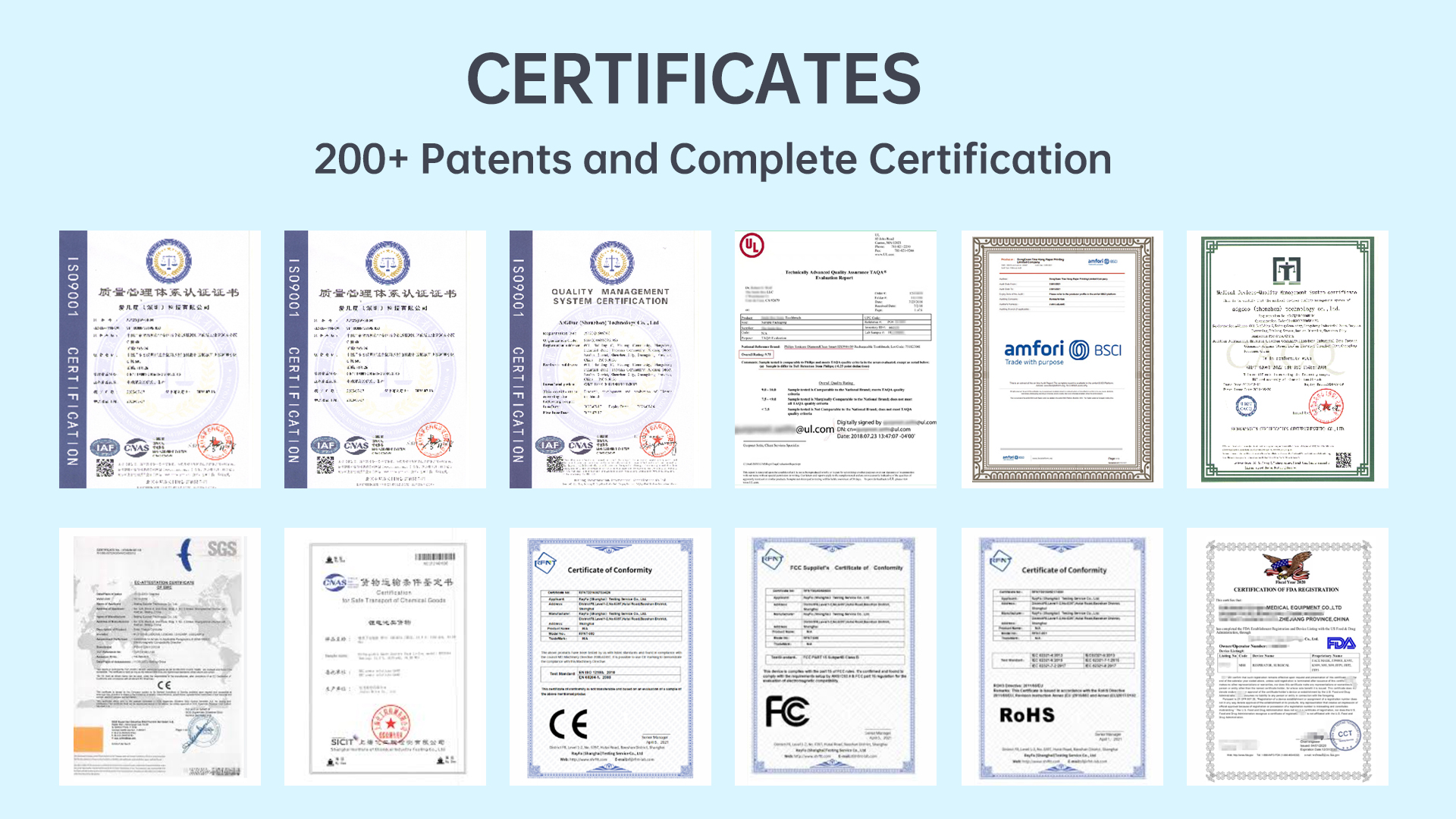
Relish is ISO9001, ISO13485, BSCI certified, and FDA registered, with lots of certifications such as CE, CB, ROHS, CETL, FCC, PSE, SGS, ERP, LFGB, and Reach etc.